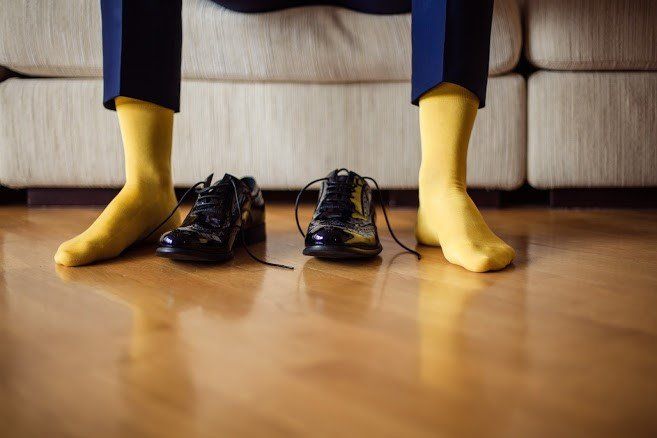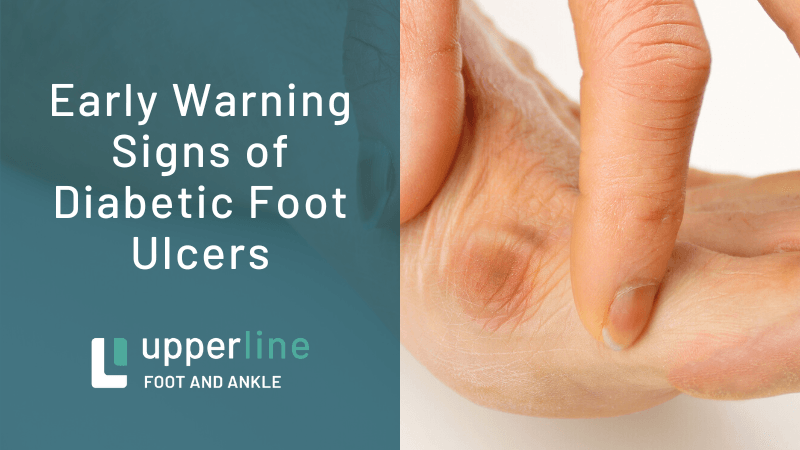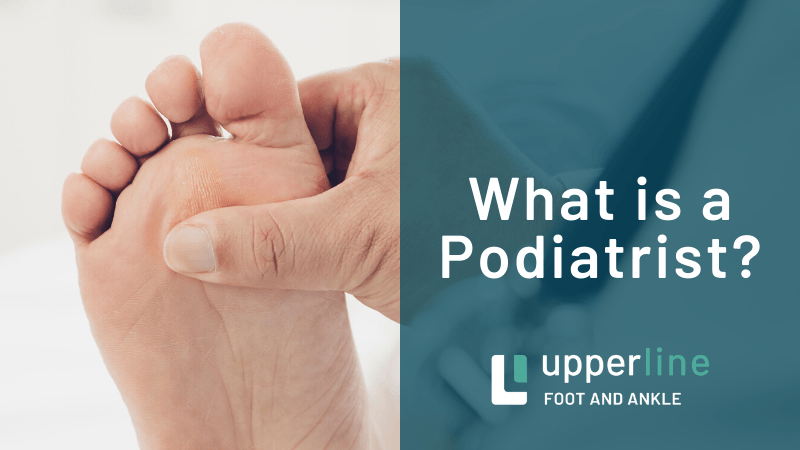Frequently Asked Questions About Foot Arthritis

On average, one out of every six American adults suffers from arthritis (although variations of this painful joint problem can strike at any age). While joint pain, swelling, and stiffness can prove frustrating no matter where they occur, you may find arthritis of the feet especially debilitating, depriving you of your mobility and upright stability.
If you believe that you may have arthritis in your feet, you need to understand some key points about how and why this problem develops, what kinds of treatments can help you, and how your lifestyle can impact your joint health. Check out these answers to frequently asked questions about foot arthritis.
What Forms Can Arthritis Take?
Medically, arthritis simply means joint pain and inflammation. Over 100 different conditions can cause these symptoms, as well as swelling, stiffness, and deformation of the joints. Some forms of arthritis seem to come and go in acute bouts, while others linger as a progressive, constant source of discomfort.
The most common form of arthritis, osteoarthritis, stems from deterioration of the cartilage that normally cushions the joints against friction. Rheumatoid arthritis occurs when the immune system mistakenly attacks the joint structures. Other causes include uric acid crystal formation (gout), infections, and joint injuries.
Why and When Does Arthritis Target the Feet?
The joints of your feet and toes may prove particularly vulnerable to some forms of arthritis. In gout, for example, high levels of purines in the blood lead to uric acid buildup, which in turn causes agonizing joint pain. This pain commonly makes its first appearance in the joints of the big toe.
Osteoarthritis commonly affects the feet as the result of many years of wear and tear. (Remember that your feet support your entire body weight whenever you jog, walk, dance, or stand still.) The more weight you carry, or the more pounding you allow your feet to take, the higher your risk for foot osteoarthritis.
What Symptoms Should Make You Suspect Arthritis?
Even if the rest of your body feels fine, nagging foot problems could indicate the onset of arthritis in those joints. If you feel pain in your heels or midfoot bones, especially when you put weight on your feet, suspect osteoarthritis. If a sudden, stabbing pain wracks your big toe at night, you have a classic symptom of gout.
Sometimes you can detect probable foot arthritis simply by inspecting the affected area. Warmth and swelling around any joint in your foot could signal arthritis. If you have psoriatic arthritis, you may notice significant enlargement of the ends of your toes, a symptom known as dactylitis.
How Do Podiatrists Diagnose and Treat Foot Arthritis?
Podiatrists can often identify foot arthritis from simple X-ray imaging that reveals joint deformation, thinned-out joint cartilage, or swelling of surrounding tissues. Your podiatrist will weigh this data against your current symptoms, medical and family history, lifestyle, activity level, weight, and other potential arthritis factors.
The first stage of foot arthritis treatment involves taming the pain and inflammation. The podiatrist may prescribe non-steroidal anti-inflammatory drugs (NSAIDs) or inject stronger steroid drugs directly into the inflamed joint. If an imbalance puts abnormal stress to your feet, you may benefit from corrective orthotic footwear.
Exercise may not sound like a pleasant strategy for fighting foot pain. In reality, regular, gentle use of arthritic joints can help them retain optimal range of motion while also strengthening the muscles that support those joints.
Diet and nutrition can play a role in foot arthritis management. Weight loss can take pressure off of the feet, easing joint pain in overweight individuals. The podiatrist may also advise you to adopt an anti-inflammatory diet that emphasizes vegetables, whole grains, fruits, beans, and fatty fish.
You should consider surgery only after more conservative forms of care have failed to relieve your foot arthritis symptoms. Fusion surgery can arrest the motion in a particularly painful joint. In extreme cases, you may even have an arthritic joint completely replaced with a plastic or metal substitute.
Upperline Health California can answer more questions about arthritis of the feet while providing skilled, caring treatment to help you cope. Contact us to schedule an evaluation at any of our locations.










